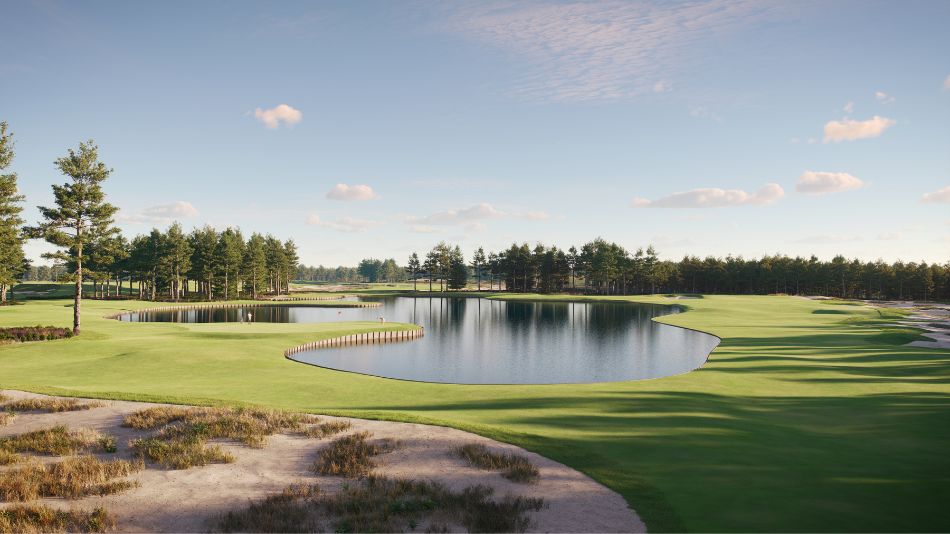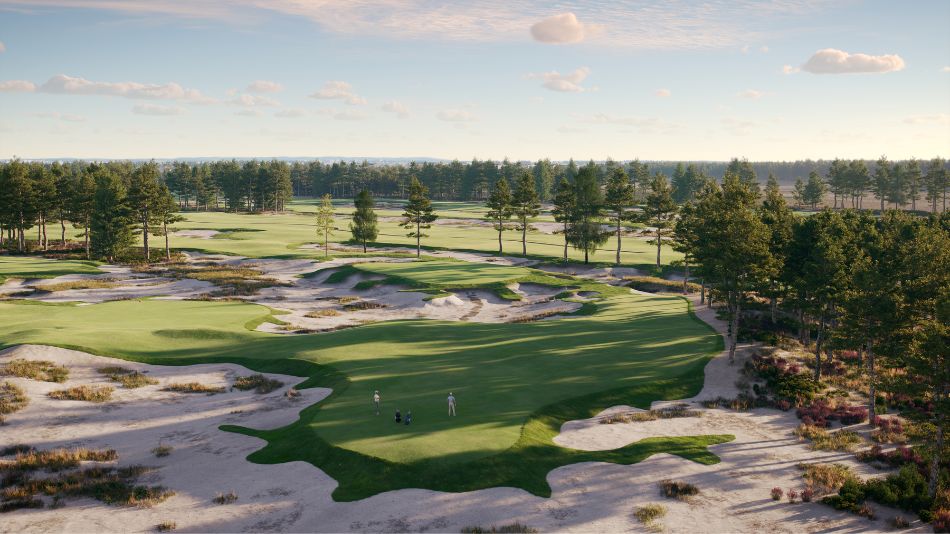Crowning glory: an interview with Henrik Stenson and Christian Lundin (golfcoursearchitecture.net)
Henrik Stenson and Christian Lundin have begun construction on the project of a lifetime: their own golf club in Sweden, set among pines on a sandy site close to the sea. Toby Ingleton spoke with the design partners to find out more about the development.
“It’s a very neat site,” says Henrik Stenson, of the 200 acres south of Ängelholm, on Sweden’s west coast, upon which Crownwood Club is taking shape.
“It’s not directly on the ocean, but it’s as close as you are going to get permission to build a golf course on, in Sweden. With sandy soil and pine trees, it’s a great property for golf.”
“And that was why we really did it,” adds his business partner, the golf course architect Christian Lundin. “We never talked about wanting to own a golf course, but the opportunity arose and it’s too good of a site to miss out on.”
While the pair were already aware of the site as a potential location for golf, it was Stenson’s Open victory (or, as Lundin jokingly describes it, “a lucky week in 2016 when he won some old silverware”) that provided the catalyst for their involvement. A development group had been trying to form a plan for a new club and they felt Sweden’s first, and only, men’s major champion could be part of it.
While Stenson has a summer home just 45 minutes away and Lundin lives around 90 minutes in the other direction, neither had an existing connection to the area. But they were quick to form one. “It was the land,” says Stenson. “We got really excited about trying to make this work, because you don’t get too many chances to build a course on a site like this.”
So even when that original group’s project failed to materialise, Stenson and Lundin were determined that would not be the end of it.
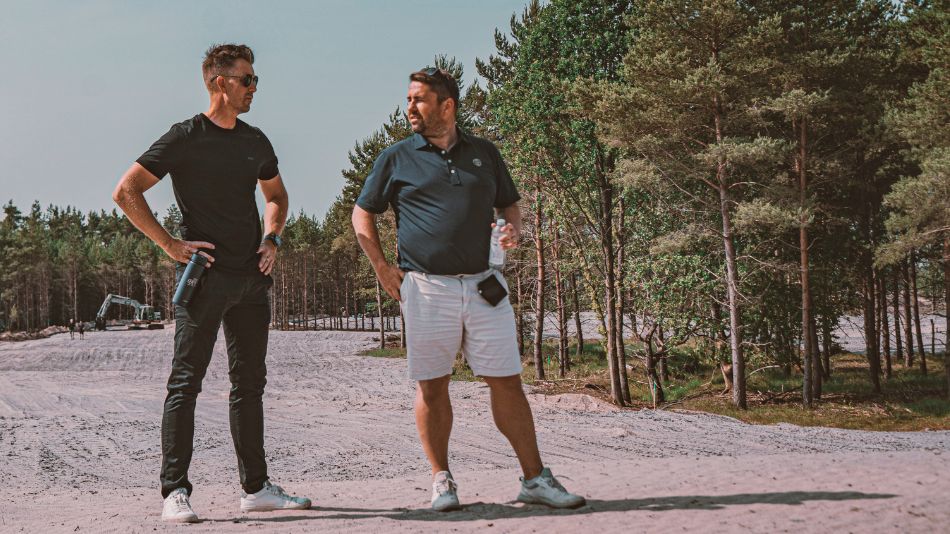
They had already launched Henrik Stenson Golf Design, with a first project at the Österåkers club near Stockholm, and began hatching a plan for what would become Crownwood Club.
That plan would see them joined by Norwegian golf investor Arild Karlsen and acquiring two plots from the same landowner; one for the club and another for real estate development that would fund the project. Planning permission at first seemed unlikely, but would eventually be received – 600 homes, a school and more; a welcome addition for a thriving town.
When a deal was struck with a local homebuilder to take care of the real estate element, Lundin and Stenson could turn their attention to the once-in-a-lifetime golf project – their very own club.
The golf design work is a team effort. “I give the player’s perspective,” Stenson says, adding: “Christian’s a stinking bad golfer.” It’s clear the pair’s relationship can withstand, or maybe thrives on, regular doses of gentle ribbing. Stenson continues: “But we have to give him some credit… Christian obviously knows how to do the routing and all the technicalities, and his background as a greenkeeper means he knows what is required in terms of maintenance. I think we work well together. It’s been a great relationship so far. Hopefully we’re not going to screw it up here.”
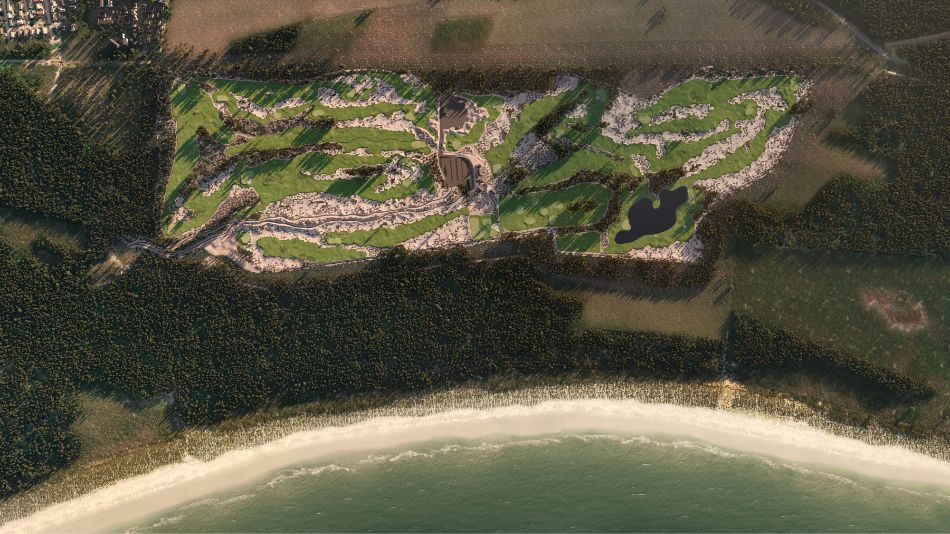
There is a fluidity to their approach. “It’s not like we say ‘OK, at 10am today we’re going to sit down and draw this up’,” explains Lundin. “It’s more a long-term process where we pick each other’s brains; I will put together some options and ask Henrik what he likes. Henrik may send a couple of pictures of greens he’s seen, for example, and explain he likes a certain angle. Maybe we can do that. If we do, what happens then? There’s a flow. I like that tempo and process, it’s not formal.”
Maybe the informality is more feasible here, because they are their client.
“Sometimes you could argue it makes things more complicated or difficult because you have more of a blank canvas,” says Stenson. “If you’re hired to do a project you are going to get a framework of what is wanted. Here it’s been more of a living organism, I guess, with the ultimate freedom to make it the way that we see fit.”
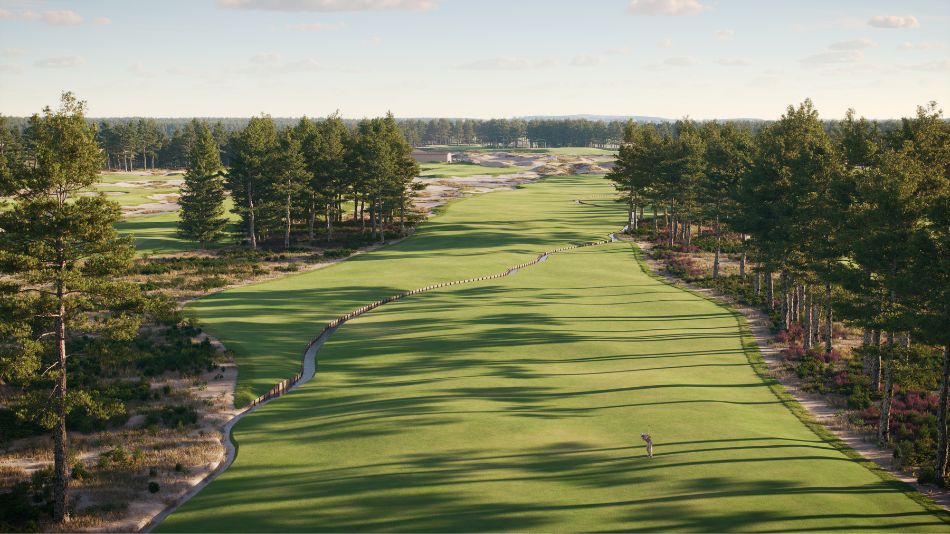
Their choices were driven by the land. “I don’t like it when I play a golf course that’s designed in a static environment and doesn’t fit the landscape or play like it should in the conditions you normally face on that site,” says Stenson. “It was quite easy here, through the landscape, soil, everything, presenting us with what’s going to fit best on this site.”
“I look at what they have done at Tara Iti,” says Lundin, referencing Tom Doak’s course in New Zealand. “They scraped all the vegetation off and got all these micro-contours. We’re doing the same kind of thing. It’s flatter and there are definitely no sand dunes, but it’s pure sand underneath.”
“We are going to use vegetation that is there; we’ve got some heathers and marram grass, and a lovely little corner with pine trees. Other than that, we are shaping the whole golf course.”
“Some of our inspiration, whether Tara Iti or Pine Valley, is in that rugged look with waste areas,” adds Stenson.
There is one part of the course that will take on a slightly different character to the rest. Stenson explains: “We’ve got two holes on the back nine where the irrigation lake is, that you could argue stand out a bit, but we needed to have the water somewhere.”
“That’s what we inherited with the zoning for golf,” Lundin points out. “It was the only spot to put a lake, according to the planning permission. It was in a corner where we really wanted golf. Me and Henrik thought about it a lot – we’re going to try to do two holes that will still enhance the landscape and be in character with the heathland environment.
The pair are committed to being good stewards of the land, too. “We’re working alongside GEO Foundation to make this the first GEO-certified golf course construction in Sweden,” highlights Lundin. “We’re doing everything right – obviously we are going to need to move earth but we are getting the biodiversity of the land back from its previous use as a tree farm, basically.”
In addition to the main 18, which will be for club members, Stenson and Lundin have designed a shorter course on the site.
“We’ll do 11 holes that is public play,” says Lundin. “We’re looking at the Henrik Stenson Foundation offering free rounds for everyone under 18.” There will be access for golfers with disabilities too, building on Stenson’s existing work with Paragolf Sweden. “This will be a great way to give back to golf,” says Lundin. “It’s great to be able to further enhance some of the initiatives we already do in the game,” adds Stenson.
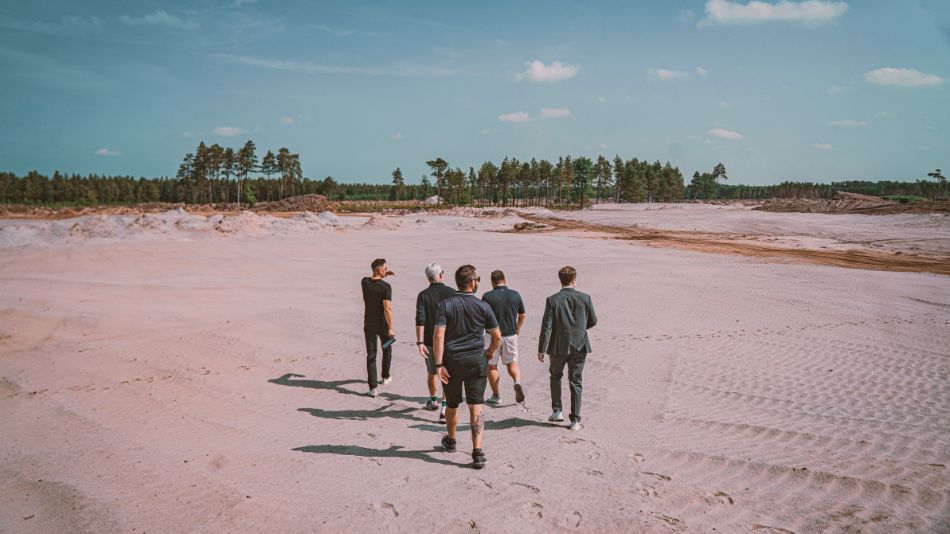
There is ample space for outstanding practice facilities too. “We’re trying to do quite a lot on one piece of ground,” says Lundin. “There will be a full driving range carved out of the pine trees. We’re planning to have two sections like Augusta, with trees in the middle so it narrows as you go long.” Between the range and the tees of the first hole sits a short game area with multiple practice greens.
The course is now in construction and the masterplan – brought to life by a Harris Kalinka animation – reveals much to look forward too. The entrance road weaves through a huge dune complex that separates the first two holes from the rest of the front nine. A stream is in play on holes seven to nine, bisecting the latter lengthways. This par-five that emerges from the pines to a wide fairway where players must choose where and when they cross the water.
The back nine, on the southern half of the land, begins with a dog-leg par four before reaching the irrigation lake, where a par three over the water is followed by a short par four that hugs the lake’s edge. The final holes – interconnected islands in the dunes with freeform teeing areas and generously contoured greens – culminate with a long par to a final green that sits within the sandscape below the clubhouse.
The pair are hoping that grass will be down in time for a full grow-in season in 2024, ahead of an opening in the summer of 2025. But that, of course, is subject to client satisfaction.
“I’m a perfectionist,” says Stenson. “I’ve got this little guy on my shoulder that wants this to be as good as it can be. It can consume us, but it’s fun at the same time.
“We’re able to bundle together all the experience – good and bad stuff – that we have come across in the world of golf for 25-plus years. I’ll take all the good stuff; some you might keep, some you might tweak a little bit and some things you don’t like are out of the window. It becomes a bit of a best-of-the-best album. You take little goodies from everywhere you’ve played and now we’ve got the opportunity to put it all together for ourselves.”
And how will this new experience of building their own course impact their future design work?
“We’ll have a better understanding and greater respect for the amount of work that goes in,” says Lundin. “I thought I knew how much was involved, but we’re talking cutlery, staff clothing, what kind of tarmac we’re putting on the entrance road… everything.”
“You could argue it’s too early to get the opportunity to do your life project,” says Stenson. “But I would flip it and say we are going to have this experience going into other projects we do. In five years of doing this, we’re learning a lot that will only make us better.”
“We’ve always said when we’re tendering for work that we’re passionate about what we do,” says Lundin. “We’re not just putting a brand name to something – we really care about each project that we do and want it to be special. On this one we’ve got the chance to do it ourselves, which is awesome, but we want our members and guests and juniors to feel that these guys really care about golf. If we can do that, I think the project will be very successful.”
